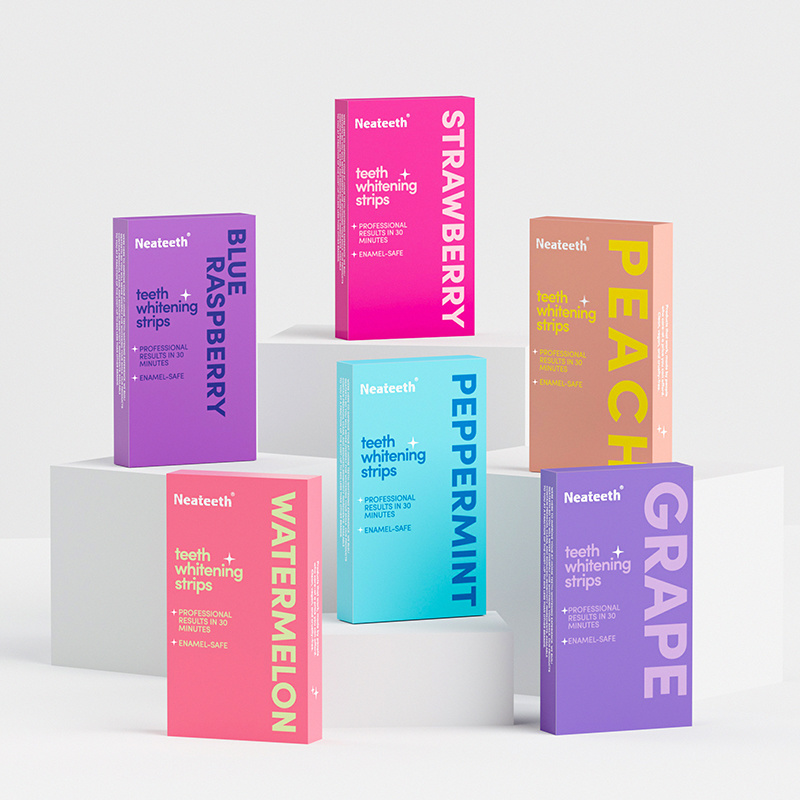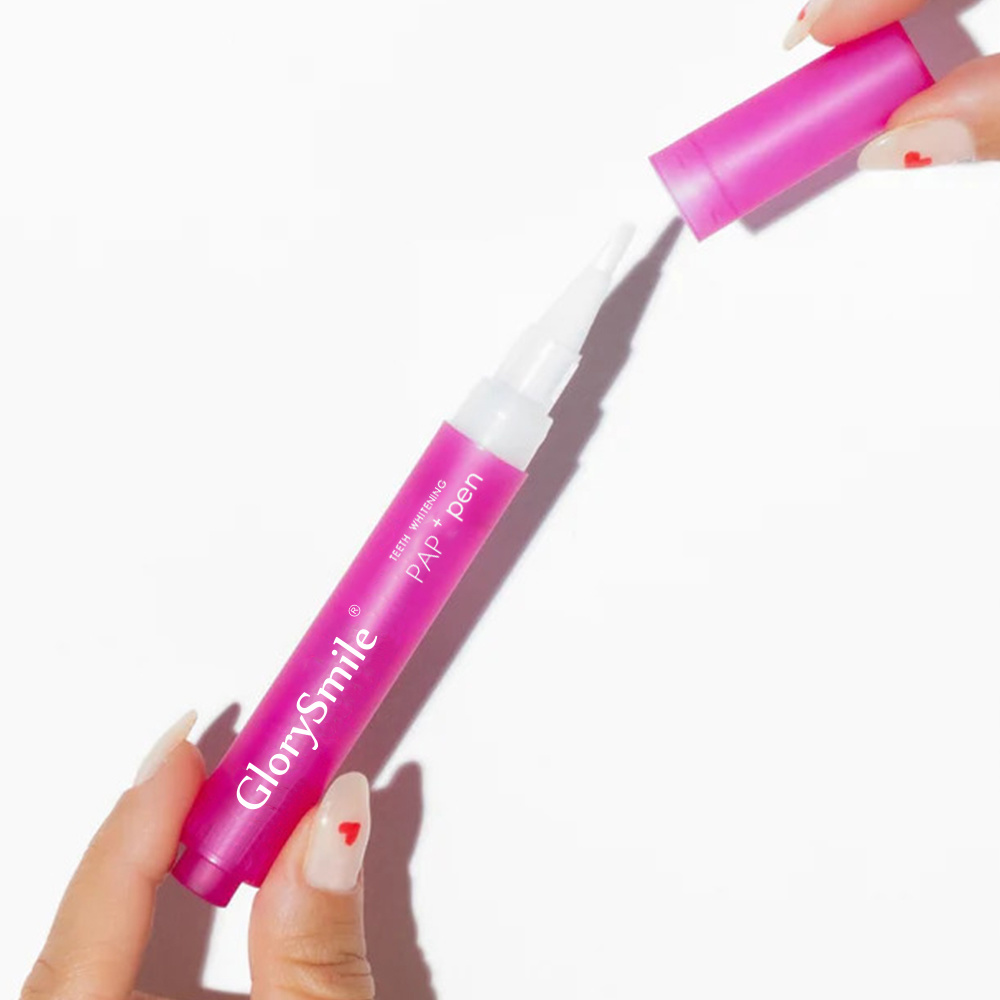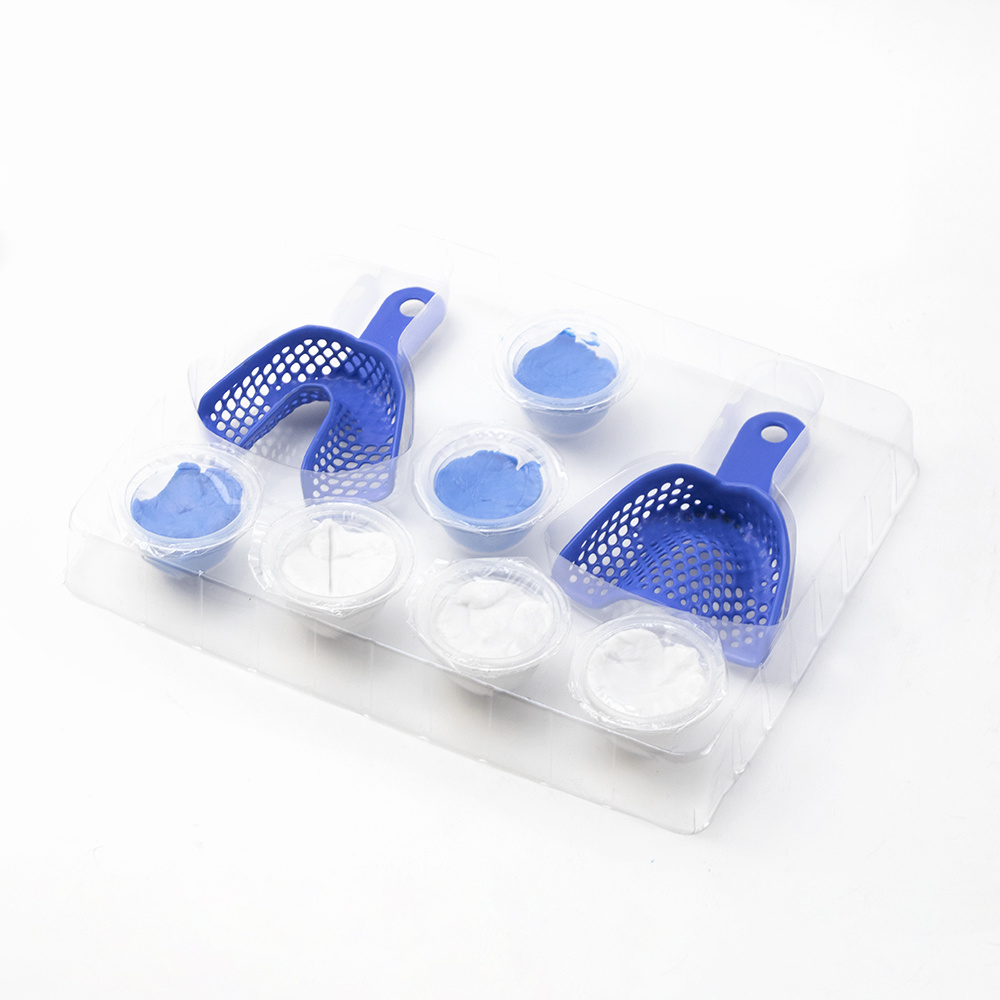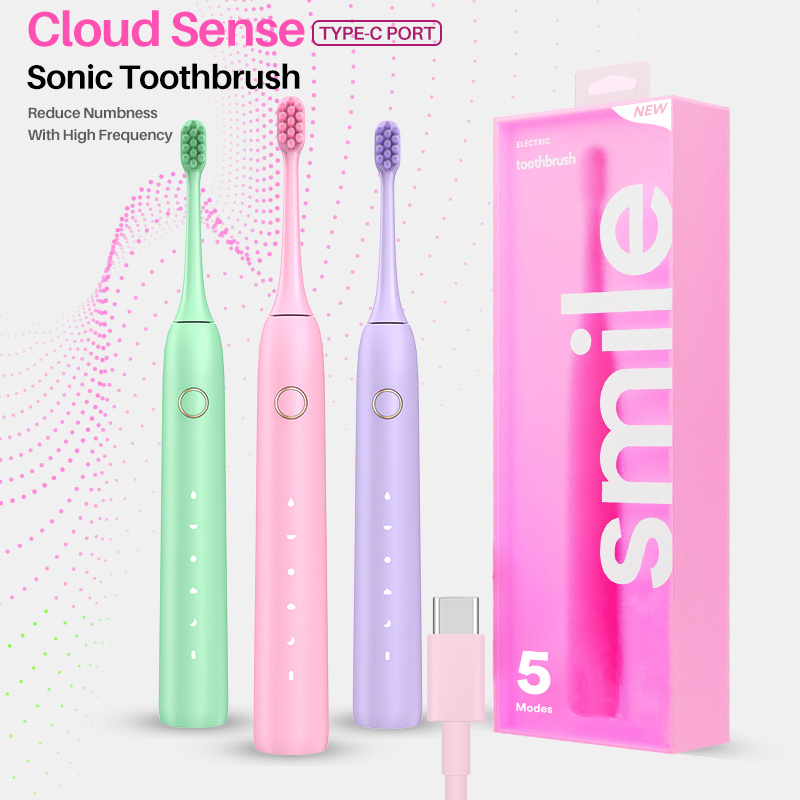15 YEARS MANUFACTURING EXPERIENCE
13
2025
-
06
Toothpaste Tablets vs. Traditional Toothpaste: A Comprehensive Comparison
Toothpaste Tablets vs. Traditional Toothpaste: A Comprehensive Comparison When it comes to oral hygiene, the products we choose can make a significant difference in our daily routines and overall dental health. In recent years, toothpaste tablets have emerged as a popular alternative to traditional toothpaste. This comprehensive comparison delves into the key differences between toothpaste tablets
Toothpaste Tablets vs. Traditional Toothpaste: A Comprehensive Comparison
When it comes to oral hygiene, the products we choose can make a significant difference in our daily routines and overall dental health. In recent years, toothpaste tablets have emerged as a popular alternative to traditional toothpaste. This comprehensive comparison delves into the key differences between toothpaste tablets and traditional toothpaste, examining their effectiveness, environmental impact, convenience, costs, and more.
Table of Contents
- Introduction to Toothpaste Options
- What Are Toothpaste Tablets?
- What Is Traditional Toothpaste?
- Effectiveness of Toothpaste Tablets vs. Traditional Toothpaste
- Environmental Impact: A Sustainable Comparison
- Convenience of Use
- Cost Comparison: Are Toothpaste Tablets Worth It?
- User Experience and Taste Test
- Frequently Asked Questions (FAQs)
- Conclusion: Finding the Right Oral Care Solution
Introduction to Toothpaste Options
The world of dental care has evolved significantly, offering consumers a variety of choices to meet their oral hygiene needs. While traditional toothpaste has long been the go-to product for brushing teeth, toothpaste tablets are gaining traction as a modern and eco-friendly alternative. This article aims to provide an in-depth comparison, helping consumers make informed choices tailored to their lifestyles and values.
What Are Toothpaste Tablets?
Toothpaste tablets are small, chewable tablets designed to be dissolved in the mouth before brushing. These tablets typically contain fluoride or other active ingredients that help fight cavities and promote oral health. Unlike traditional toothpaste, toothpaste tablets are usually packaged in eco-friendly containers, often made from recycled materials or paper.
One of the appealing aspects of toothpaste tablets is their compact size, making them easy to carry for travel or daily use. Users simply chew a tablet, wet their toothbrush, and brush as usual, allowing the tablet to create a foamy paste.
What Is Traditional Toothpaste?
Traditional toothpaste comes in a tube and is the conventional choice for most people. These pastes typically contain active ingredients like fluoride, abrasives, and flavoring agents. Available in various flavors and formulations, traditional toothpaste serves not only to clean teeth but also to freshen breath and promote overall oral health.
Many brands offer specialized formulas targeting specific dental issues, such as sensitivity, whitening, or tartar control. The familiar squirt-and-brush method has become a routine for millions, but growing concerns about packaging waste and certain ingredients have prompted some consumers to seek alternatives.
Effectiveness of Toothpaste Tablets vs. Traditional Toothpaste
When it comes to effectiveness, both toothpaste tablets and traditional toothpaste can deliver excellent dental care, provided they contain appropriate active ingredients. Toothpaste tablets often include fluoride, which is essential for preventing cavities. However, the effectiveness can vary based on brand and formulation.
Traditional toothpaste has been extensively studied and is backed by decades of research. Most formulations are designed to meet specific dental care needs, whether that’s tackling cavities, promoting gum health, or whitening teeth. Users can choose a formula that best suits their dental condition, which is a significant advantage over the more standardized offerings of toothpaste tablets.
Environmental Impact: A Sustainable Comparison
The environmental impact of oral care products is becoming increasingly important to consumers. Traditional toothpaste often comes in plastic tubes, which can contribute to plastic waste. Many brands are now offering recyclable or biodegradable packaging, but these options are not universally available.
On the other hand, toothpaste tablets are typically packaged in recyclable or compostable containers, significantly reducing their environmental footprint. As sustainability becomes a key consideration for consumers, many are gravitating towards toothpaste tablets as a greener option.
Convenience of Use
Convenience is a crucial factor for many consumers when choosing oral care products. Traditional toothpaste is easy to use; simply squeeze a dollop onto your toothbrush and brush. However, it can be cumbersome when traveling due to the risk of leakage and the size of tubes.
Toothpaste tablets, in contrast, offer a compact, leak-proof solution that’s perfect for on-the-go lifestyles. They can be easily stored in small containers or pouches, ensuring that users can maintain their oral hygiene without carrying heavy or bulky products.
Cost Comparison: Are Toothpaste Tablets Worth It?
Cost is another critical factor for consumers. Traditional toothpaste is generally less expensive on a per-use basis, especially with larger tubes providing multiple servings. However, the price of toothpaste tablets can vary significantly based on brand and ingredients.
While some may find toothpaste tablets to be more costly initially, their compact nature often leads to less waste and potentially longer-lasting use. When considering the overall cost-effectiveness, consumers should weigh personal preferences against budget constraints.
User Experience and Taste Test
User experience plays a pivotal role in product selection. Traditional toothpaste comes in various flavors and textures, allowing users to find a product that suits their palate. Many people enjoy the familiar feel and flavor of their preferred toothpaste.
Toothpaste tablets, while innovative, may require some adjustment. The taste and texture can differ significantly from traditional pastes. Some users appreciate the unique flavor profiles offered by various brands, while others may prefer the more conventional mint or bubblegum flavors of traditional toothpaste.
Frequently Asked Questions (FAQs)
1. Are toothpaste tablets as effective as traditional toothpaste?
Yes, if they contain fluoride and other active ingredients, toothpaste tablets can be just as effective as traditional toothpaste in preventing cavities and promoting oral health.
2. Can I use toothpaste tablets if I have sensitive teeth?
Many toothpaste tablets are formulated for sensitive teeth, so look for options that specifically cater to your needs.
3. Are toothpaste tablets better for the environment?
Toothpaste tablets often come in eco-friendly packaging, making them a more sustainable choice compared to traditional toothpaste in plastic tubes.
4. How do I use toothpaste tablets?
To use toothpaste tablets, simply chew one tablet to break it down and create a paste. Wet your toothbrush, then brush as you normally would.
5. Do toothpaste tablets taste different than traditional toothpaste?
Yes, toothpaste tablets may have different flavor profiles and textures than traditional toothpaste, which can vary by brand.
Conclusion: Finding the Right Oral Care Solution
As the debate between toothpaste tablets and traditional toothpaste continues, consumers must consider their personal preferences, lifestyle, and values. While traditional toothpaste has long been the standard, toothpaste tablets offer a compelling alternative with their compactness, sustainability, and effectiveness. Ultimately, the choice will depend on what aligns best with your oral hygiene routine and environmental conscience. By understanding these differences, you can make an informed decision that suits your needs and preferences.
Previous page
Related news
undefined
COMPANY
About Us
OEM Service
After-Sale: info@glorysmile.com
QUICK CONTACT
Makou Industrial Park, Yongxiu County, Jiujiang City, Jiangxi Province, China, 332000
+86 18279124913
Copyright © 2022 DENT(HK)LIMITED LTD SEO


 Language
Language










 +8618279124913
+8618279124913 helen.xiao@enjoywhite.com
helen.xiao@enjoywhite.com Message
Message 